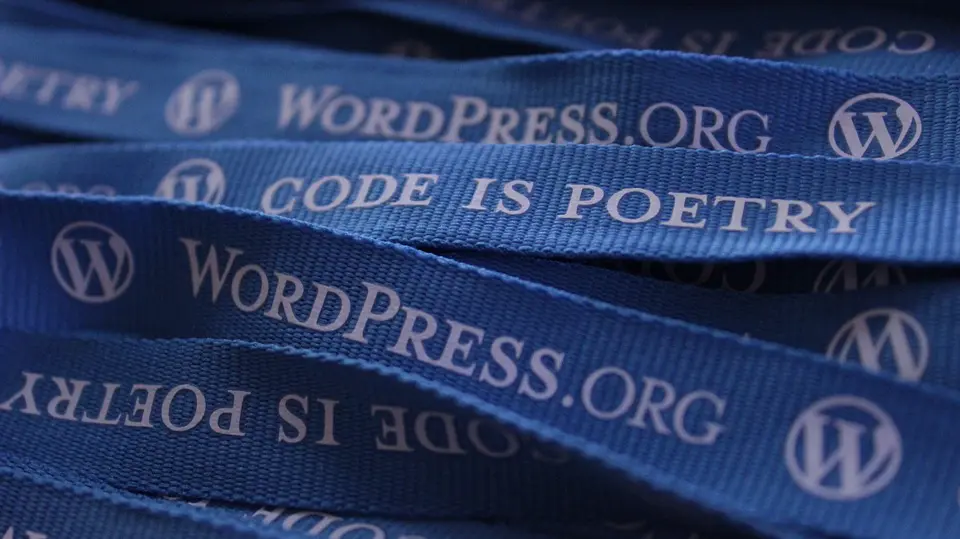WordPress is the backbone for most websites, dating back to 2003 when it was created by Matt Mullenweg and Mike Little. It was the official successor to the blogging tool b2/Cafelog, launched in 2001 by the French programmer Michel Valdrighi, who stopped creating in 2002.

(Pixabay / gounder)
Instead of b2/Cafelog experiencing a natural death when its developer gave up, it was given a new life when Mullenweg, then a university freshman, decided to create an offshoot of the project with the help of Little. The two released the first version of WordPress in May 2003.
Other people, including Valdrighi, joined Mullenweg and Little in developing WordPress. In 2004, the group released Ping-O-Matic, a hub for notifying search engines of new blog posts or updates. WordPress gained thousands of new customers when Movable Type, a principal competitor, increased its pricing structure.
WordPress version 1.2, released in May 2004, supported plugins. The group added themes, which were created mainly by WordPress users. WordPress version 1.5, which was released in February 2005, was downloaded almost a million times.
Version 2.1, released in 2007, introduced a new user interface, auto save, and spell checker. Widgets were soon added, and by 2009, WordPress had automatic upgrades, built-in plug installation, comment threading, sticky posts, a new application programming interface, bulk management, and inline documentation.
In 2010, upgrades included custom post types, new APIs for custom headers and backgrounds, additional custom menu management, and the ability to administer multiple sites. From that point on, new features cropped up in abundance, including post formats, introductory welcome messages, the admin bar, a new theme customizer, feature pointers, and a theme previewer, as well as a revised media manager.
WordPress today has over 13,000 plugins. It powers over 25 percent of the world’s top sites, for a total of about 70 million sites. Many Utah website designers, including those doing site design in Salt Lake City and the surrounding areas, prefer WordPress because of its ease of use, security, performance, and its trailblazing features.